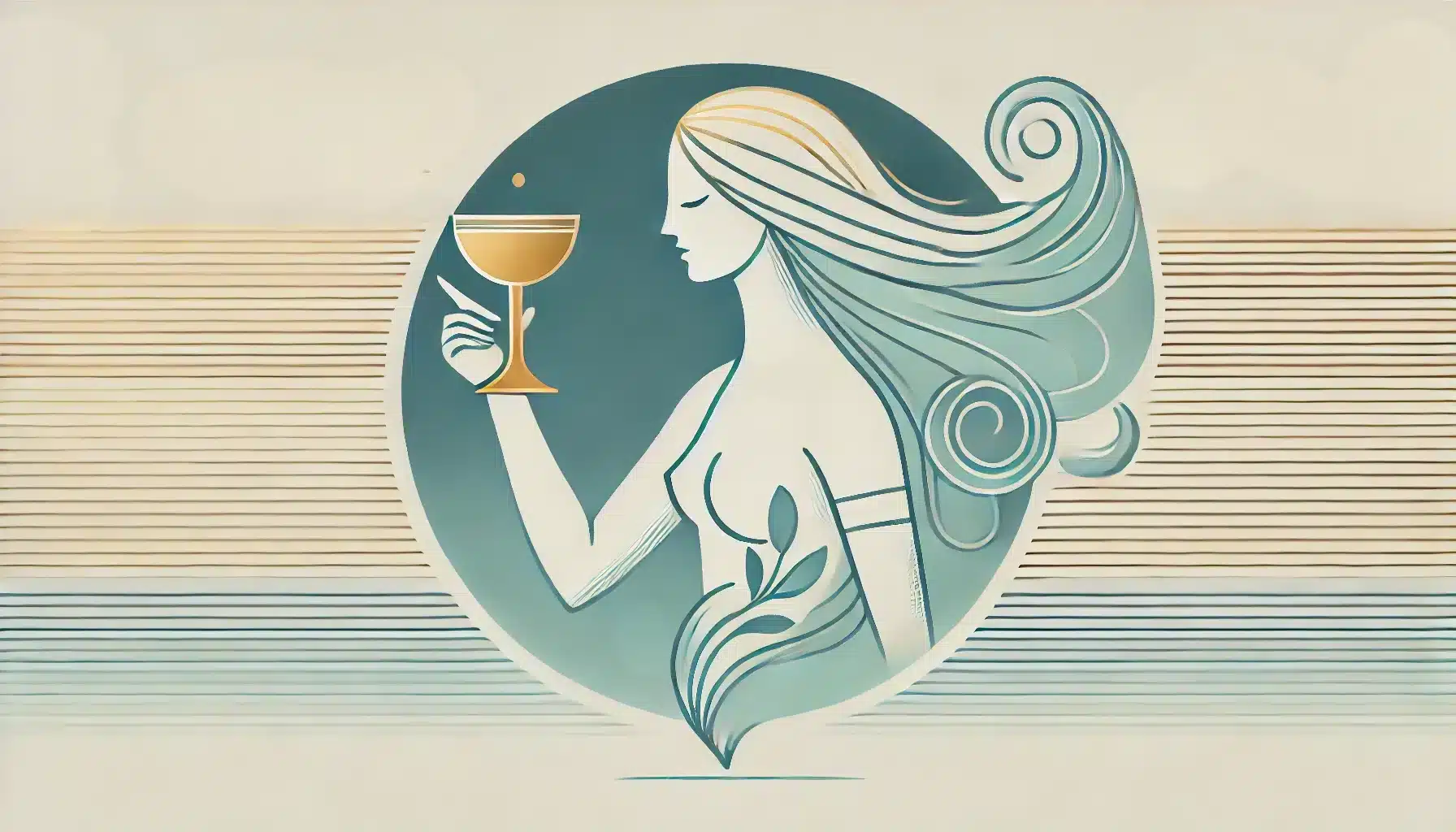Hebe, a revered figure in Greek mythology, is the goddess of youth and cupbearer to the Olympian gods. She embodies vitality, innocence, and the prime of life, serving as a symbol of eternal youth. Her story connects her to themes of immortality, renewal, and divine service.
Name: Hebe
Role: Goddess of youth and cupbearer of the gods
Mythology: Greek
Domain: Youth, immortality, and forgiveness
Family: Daughter of Zeus and Hera; wife of Heracles; mother of Alexiares and Anicetus
Origin and Background
Hebe’s name derives from the Greek word meaning “youth” or “prime of life.” She is the daughter of Zeus, the king of the gods, and Hera, the queen of Olympus. As the personification of youth, Hebe holds a unique position among the gods with her ability to restore vitality.
In her role as cupbearer to the Olympians, Hebe provided ambrosia and nectar, ensuring the gods’ immortality and eternal vigor. Her duties were eventually passed on to Ganymede, another divine figure favored by Zeus.
Appearance and Symbols
Hebe is often depicted as a radiant young woman, embodying beauty, grace, and vitality. She is commonly portrayed holding a cup or chalice, a nod to her role as the gods’ cupbearer. In some artistic representations, she is adorned with a flower crown or golden wreath, further emphasizing her association with youth and renewal.
Symbols connected to Hebe include:
- The Chalice: Representing her role in serving ambrosia and nectar.
- Eagles: Often associated with her father, Zeus, and her connection to divine service.
- Flowers and Wreaths: Signifying youth and vitality.
Powers and Abilities
Hebe’s primary power is her ability to restore youth, a gift exclusive to her among the gods. This unique talent underscores her connection to vitality and renewal. Additionally, as the cupbearer of the gods, she played a critical role in maintaining the divine immortality of the Olympians by serving them ambrosia and nectar.
Personality and Traits
Hebe is characterized by her innocence, nurturing nature, and beauty. Her presence among the gods brought a sense of renewal and hope, reinforcing her symbolic role as the goddess of youth. She is also seen as a figure of service and humility, faithfully performing her duties for the Olympian pantheon.
Famous Myths
One of the most significant stories involving Hebe is her marriage to Heracles (Hercules), the Greek hero who ascended to Olympus after completing his Twelve Labors. Their union marked Heracles’ acceptance among the gods and symbolized his transition from mortal to divine. Together, they had two sons, Alexiares and Anicetus, who were associated with the defense and protection of Olympus.
Hebe also appears in myths related to her role as cupbearer. In some accounts, her service is interrupted when Ganymede, a mortal prince, is brought to Olympus by Zeus to take over her duties. This transition highlights her humility and adaptability as a deity.
Worship and Legacy
Hebe was worshipped in connection with her mother, Hera, and was often included in rituals dedicated to the queen of the gods. In some regions, she was also revered as a goddess of forgiveness and mercy, offering mortals a chance at renewal and redemption.
Her influence extends beyond ancient Greece, as her image and attributes continue to inspire art and literature. Sculptures and paintings often depict Hebe in her youthful beauty, serving the gods or accompanied by an eagle. Her story symbolizes the timeless appeal of youth and vitality, making her a relevant figure even in modern interpretations of Greek mythology.
Conclusion
Hebe, the goddess of youth, holds a unique place in Greek mythology. As a symbol of vitality and renewal, she connects mortals and gods to the eternal cycle of life. Her marriage to Heracles underscores her role in bridging the mortal and divine realms. Through her service and grace, Hebe reminds us of the enduring importance of youth, innocence, and renewal in both myth and life.
